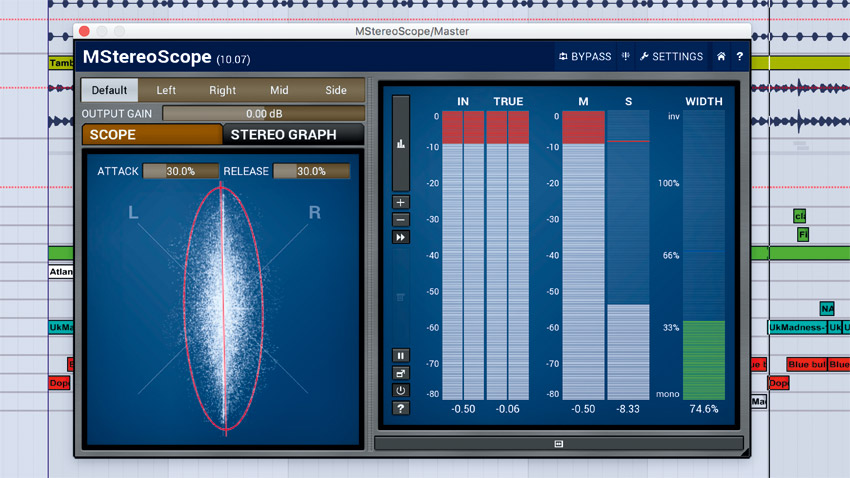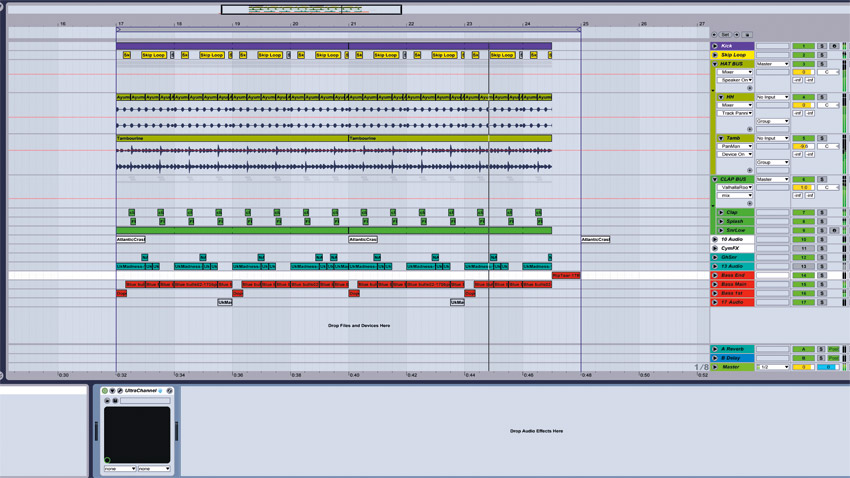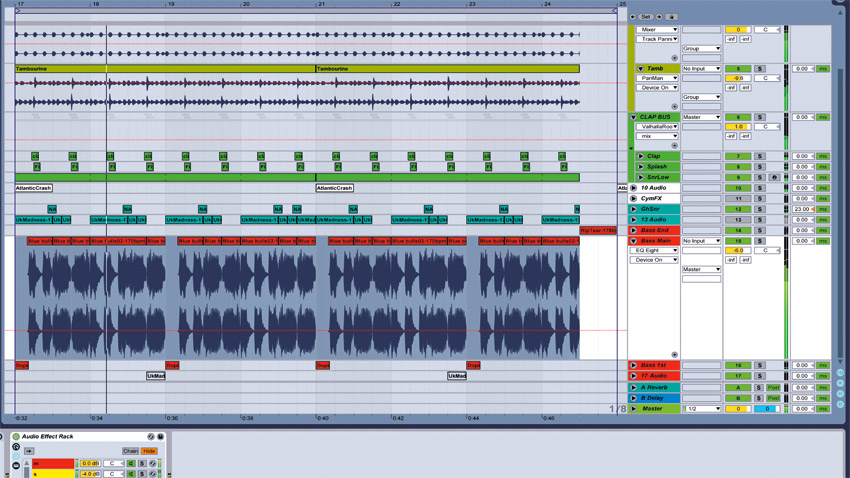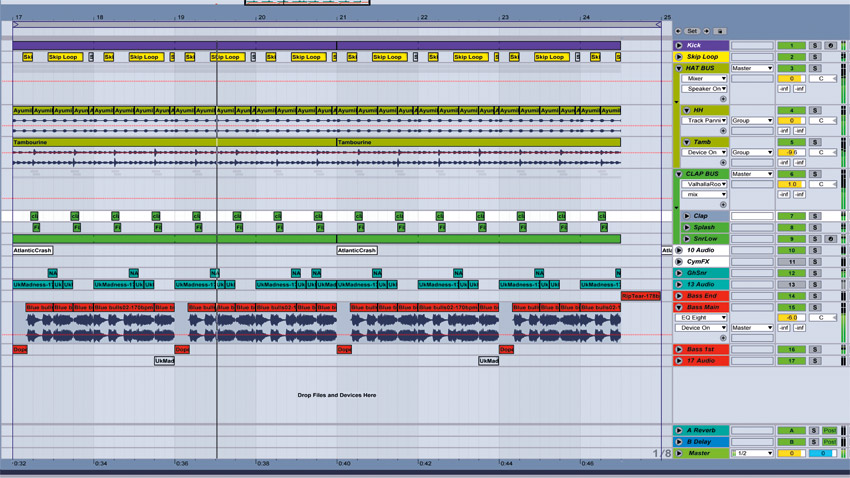How to balance mono compatibility with stereo width
Add width to your mixes without compromising club sound system compatibility

Every mix needs stereo width if it's going to sound interesting through domestic systems and headphones. At the same time, though, every mix also has to be compatible with mono systems, particularly if it's destined for playback in a club, where there's a good chance the PA will be mono.
It might look like a tricky balancing act on paper, but actually, it's not that hard to successfully combine implied or actual width with a tight, focused centre. Here's how it's done…

Step 1: Many playback systems operate in mono, so a mix must sound strong when summed to a single channel. But most current records also feature crazy stereo tricks that impress on two-speaker setups. So how do we strike a balance?

Step 2: As a rule, it helps to imagine your track’s stereo image as an upside-down triangle: keep low frequency elements in mono, and have your sounds get progressively wider as the frequencies increase, with your widest elements up in the treble region.

Step 3: Sounds with more stereo movement or content disappear when the track is summed to mono, so give your less important sounds more of a stereo role and keep the main elements solid in the centre of the mix.

Step 4: Compose your track using mostly centrally-placed sounds right from the start, so you can be sure your mix is hitting all the right targets in terms of mono power; then pan elements and apply width to add the icing on the cake.
Want all the hottest music and gear news, reviews, deals, features and more, direct to your inbox? Sign up here.


Future Music is the number one magazine for today's producers. Packed with technique and technology we'll help you make great new music. All-access artist interviews, in-depth gear reviews, essential production tutorials and much more. Every marvellous monthly edition features reliable reviews of the latest and greatest hardware and software technology and techniques, unparalleled advice, in-depth interviews, sensational free samples and so much more to improve the experience and outcome of your music-making.
